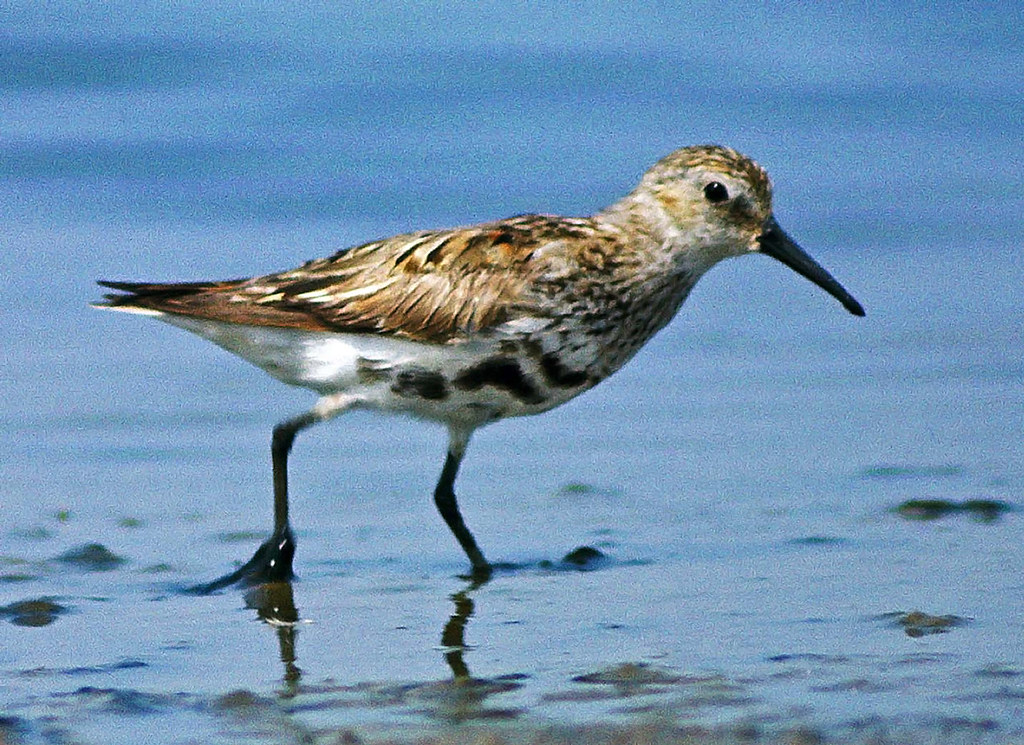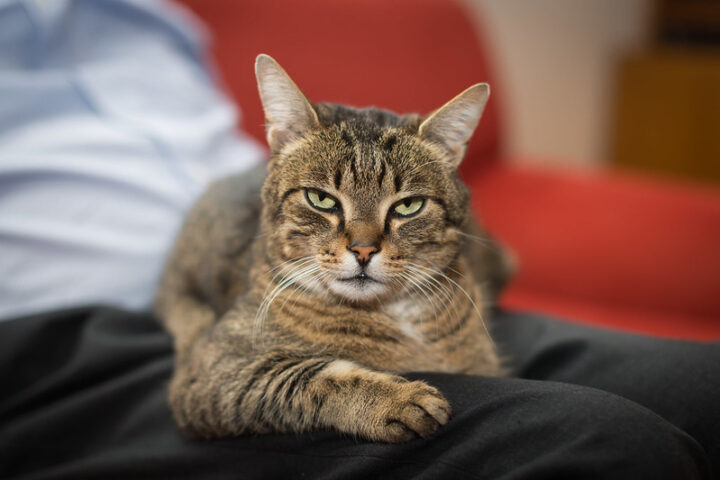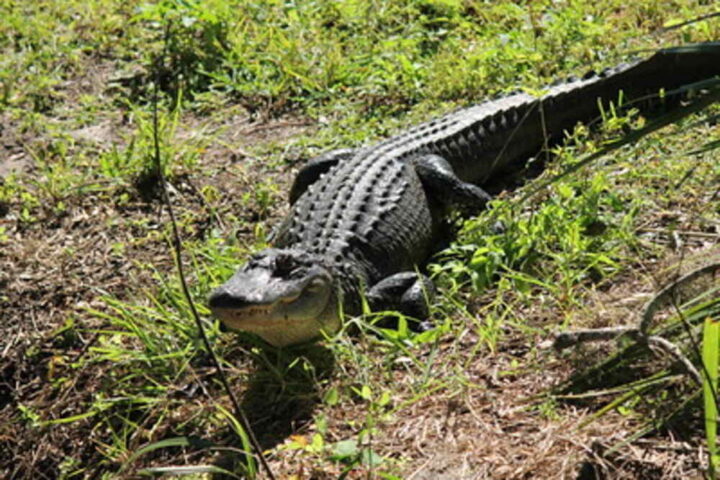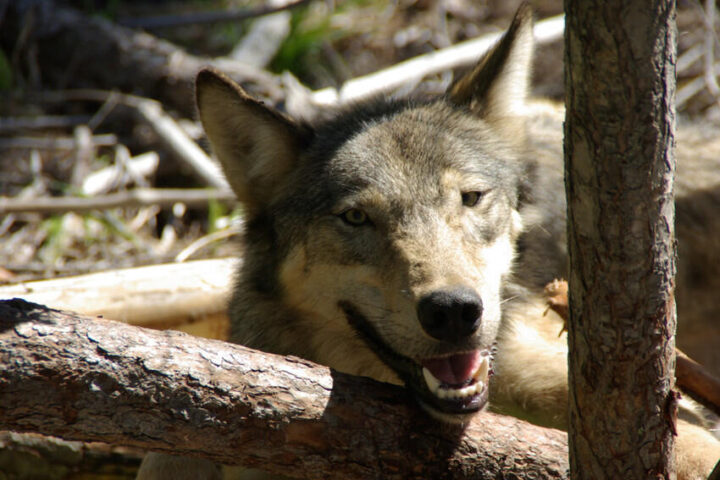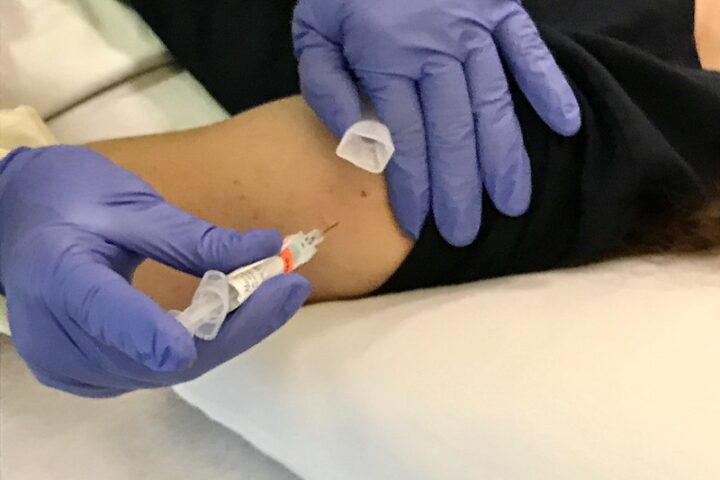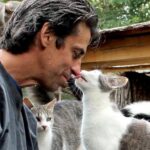A wildlife protection amendment, sparked by the recent euthanization of a rehabilitated squirrel in Pine City, New York, aims to reform state protocols for handling sanctuary animals. New York State Assemblyman Jake Blumencranz (15th Assembly District, Long Island) introduced “Peanut’s Law: Humane Animal Protection Act” on November 2, 2024, to amend Section 11-0512 of New York’s Environmental Conservation Law.
The Department of Environmental Conservation (DEC) and Chemung County Health Department euthanized P’Nut the Squirrel and Fred the Raccoon on November 1, following their seizure from Mark Longo’s Pine City sanctuary. Officials reported receiving multiple public complaints alleging unsafe housing of potentially rabies-carrying wildlife and illegal wildlife pet keeping.
“What happened today and what transpired throughout this week has been nothing short of a tragedy and a disgrace to the state of New York,” Longo told NewsNation host Chris Cuomo. “We used resources from this state to kill a squirrel and raccoon and raid my house as if I was a drug dealer. We have resources to kill a raccoon and a squirrel, but we can’t fix the major bridges down the street? I am appalled.”
Proposed Legal Reforms
The amendment introduces several wildlife management protocols:
- Mandatory 72-hour waiting period before euthanizing sanctuary animals
- Emergency appeal process through a DEC expert review board, requiring evaluation within 48 hours
- Veterinary certification requirement for immediate euthanization
- Quarterly DEC reports on animal seizures with seven-day test result publication requirements
- Legal recognition of registered, tax-identified animal sanctuaries
Assemblyman Blumencranz addressed Governor Kathy Hochul directly: “I urge you to take immediate action by launching a thorough investigation into the handling of this case and ensuring accountability. It is essential that we work together to safeguard both the welfare of animals and the values we hold as a compassionate society.”
Wildlife Rehabilitation Context
According to the CDC, rabies test results typically become available within 24-72 hours post-euthanization. While squirrels can contract rabies, transmission to humans remains rare. Wildlife experts at Critter Control note that rabid squirrels may display symptoms including circular walking patterns, loss of balance, excessive salivation, aggressive behavior, and neuromuscular symptoms.
Community Response
The incident has generated substantial public support, with a GoFundMe campaign raising over $193,000 as of November 5. Initially intended for legal fees to recover P’Nut, the funds will now support P’Nuts Freedom Farm Animal Sanctuary, focusing on neglected animal care.
P’Nut’s social media presence has grown to over 753,000 Instagram followers since the incident. Longo had cared for P’Nut for seven years after finding the squirrel orphaned in New York City. Fred the raccoon had been recently rescued with injuries, and Longo planned to release the animal after rehabilitation.
Wildlife Law Implementation
The proposed amendment addresses gaps in current wildlife rehabilitation regulations while maintaining public health protocols. State law currently requires licensing for wild animal ownership, and Longo reports he was pursuing educational animal certification for P’Nut at the time of seizure.
“Honestly, this still kind of feels surreal, that the state that I live in actually targeted me and took two of the most beloved animals on this planet away, didn’t even quarantine them. They took them from my house and just killed them,” Longo stated during a phone interview.
The DEC’s response to requests for comment about the incident and subsequent rabies test results remains pending as of November 4.
